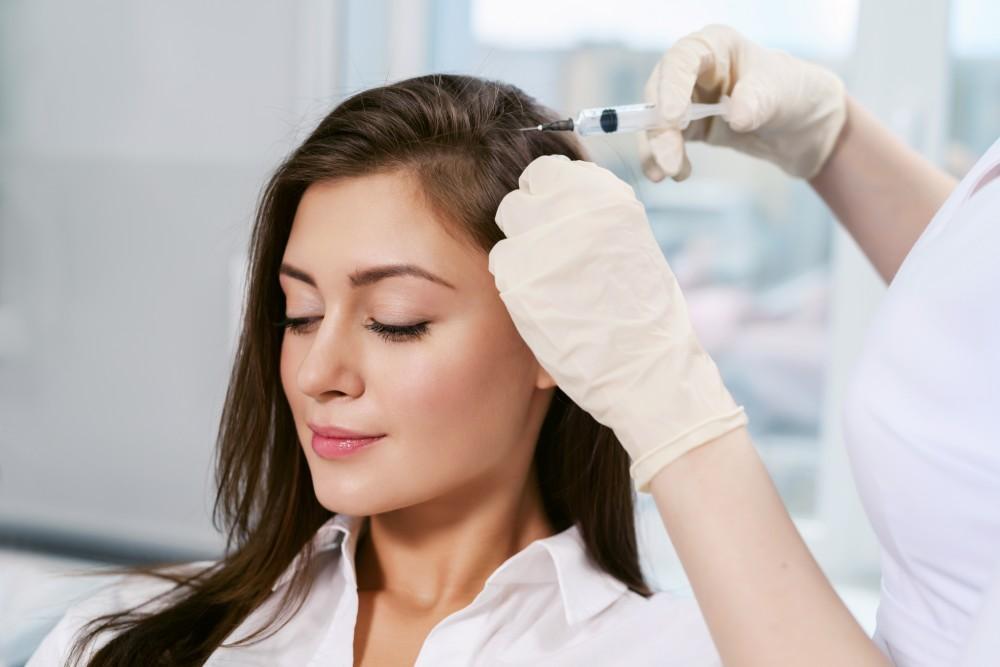
Hair restoration has come a long way in the past decade. What was once limited to hair transplants and topical products has now evolved into a dynamic field of science-driven solutions and holistic trichology care. If you’re struggling with hair loss, thinning, or scalp issues, it’s an exciting time—modern hair restoration is more advanced, personalized, and non-invasive than ever before.
Here’s a look at the latest trends shaping the future of hair restoration and trichology treatments.
1. Regenerative Therapies: PRP and Beyond
Platelet-Rich Plasma (PRP) therapy has firmly established its role in hair restoration. Using your own blood plasma, PRP is injected into the scalp to stimulate follicle regeneration and improve hair thickness. What’s trending now is enhanced PRP protocols, often combined with stem cell serums or microneedling for stronger, faster results.
Next-gen regenerative therapies are exploring exosomes and growth factor-rich solutions, showing promising results in early studies for both male and female pattern baldness.
2. Low Level Laser Therapy (LLLT)
Non-surgical and FDA-cleared, LLLT is making waves in hair care clinics and even at home. Laser caps, combs, and in-clinic panels are being used to stimulate blood flow, reactivate dormant follicles, and improve scalp health. New devices are now more compact, wearable, and backed by clinical evidence.
LLLT is especially effective for those in the early stages of hair thinning and is often used in combination with PRP or topical products.
3. Scalp Micropigmentation (SMP)
Scalp Micropigmentation is gaining popularity as a cosmetic solution for hair loss, offering a natural-looking illusion of density. Whether it’s to conceal bald patches, thinning hair, or scars, SMP provides long-lasting results without surgery. The technique has evolved with better pigments, micro-needling tools, and shading techniques to create realistic hair follicle impressions.
4. Personalized Trichology Programs
One-size-fits-all solutions are being replaced by personalized trichology plans. Clinics now conduct detailed scalp analyses using digital imaging, pH testing, and sebum level checks. Based on these findings, custom treatments are prescribed—from herbal scalp masks to tailored vitamin therapy.
This shift towards data-driven, customized treatment protocols is giving people more targeted and effective results.
5. Nutritional and Gut Health Link
Hair health is no longer seen as a scalp-only issue. More trichologists are integrating gut health and nutrition counseling into their treatment plans. Imbalances in digestion, vitamin absorption, and inflammation can directly affect hair follicles.
Probiotics, omega-3s, zinc, and biotin-rich diets are being recommended, alongside scalp-focused treatments, to restore hair growth from the inside out.
6. Ayurvedic and Herbal Trichology
Natural and holistic solutions are gaining traction, especially in India. Ayurvedic scalp therapies, herbal infusions, and oil massages are being scientifically reformulated for modern use. Ingredients like bhringraj, amla, neem, and fenugreek are being reintroduced with improved extraction techniques to enhance efficacy and safety.
Herbal trichology is especially effective for dandruff, scalp irritation, and stress-related hair fall.
7. Non-Invasive Stem Cell Therapy
Hair clinics are beginning to explore non-invasive stem cell-based serums and topical formulations. These treatments involve plant-based or lab-derived growth factors applied directly to the scalp, helping to rejuvenate weak follicles without any need for injections or surgeries.
Although still in the early stages, this trend shows strong potential for the future of hair restoration.
8. Hair Botox and Protein Therapies
To strengthen and smoothen weakened or aging hair, Hair Botox and protein-based trichology treatments are becoming mainstream. These treatments help fill gaps in the hair shaft, improve elasticity, reduce breakage, and add shine—perfect for chemically treated or heat-damaged hair.
For those struggling with greying or dull strands, these therapies restore vibrancy while supporting the scalp.
Final Thoughts
The latest trends in hair restoration and trichology are transforming how we treat hair loss—not with harsh procedures or guesswork, but with smart, science-backed, and often non-invasive solutions. Whether you’re dealing with thinning hair, early greys, or chronic scalp concerns, there are now more effective options than ever before.

